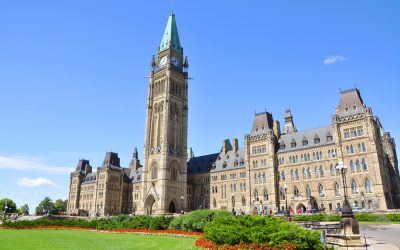This week, we conducted a survey of Canadians to explore their attitudes toward pipeline development and energy policy.
Some of the key highlights include...
- Half of Canadians (49%) support Alberta’s proposed new pipeline to export oil and gas beyond North America, while 16% oppose and21% neither support nor oppose. Support is strongest in Alberta (63%) and
Manitoba/Saskatchewan (59%), and lowest in Quebec(41%). Men (58%) and older Canadians (55+: 56%) are also more supportive than women (40%) and younger adults (18-34: 40%). - Almost three-quarters (72%) believe new pipelines are important to Canada’s economic future, with 24% calling them extremelyimportant and 23% very important.
- When asked about priorities, 45% of Canadians say the country should strike a balance between building pipelines and reducingfossil fuel use, while 25% prioritize building pipelines and 20% prefer reducing fossil fuel use.
- A majority (55%) are confident new pipelines can be built while adequately protecting the environment, though 33% are not.Confidence is highest in Atlantic Canada (67%), in the Prairies (65%) and Alberta (62%), and lowest in Quebec (47%). Confidence risesto 85% among those who support the Alberta pipeline but drops sharply to 13% among those who oppose it. Among Canadians whoare neutral on the project, confidence is also relatively low (43%), suggesting that even those without a firm opinion remainunconvinced that pipelines can be developed responsibly.
- Finally, just over half (52%) think the federal government should support Alberta’s proposed pipeline project, while 16% opposesuch federal involvement. Once again, support is strongest in Alberta (65%) and Manitoba/Saskatchewan (61%), and lowest inBritish Columbia (46%) and Quebec (44%).
Methodology
The results for this wave of research are based on online research conducted from October 17 to October 19, 2025 with a representative sample of 4,099 Canadian adults 18 years of age and older from Leger’s LEO panel.
Results were weighted according to age, gender, mother tongue, region, education and presence of children in the household in order to ensure a representative sample of the Canadian population.
A margin of error cannot be associated with a non-probability sample in a panel survey, but for comparison purposes, a probability sample of this size yields a margin of error no greater than ±1.53%, (19 times out of 20) for the sample.




